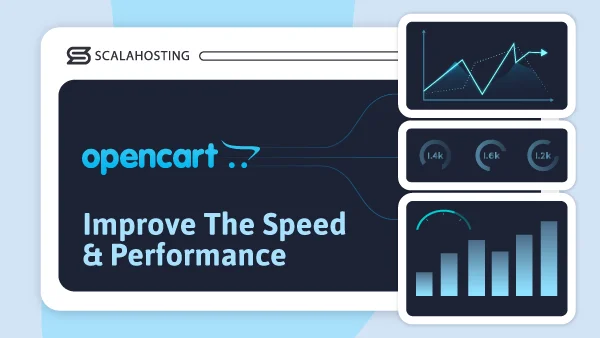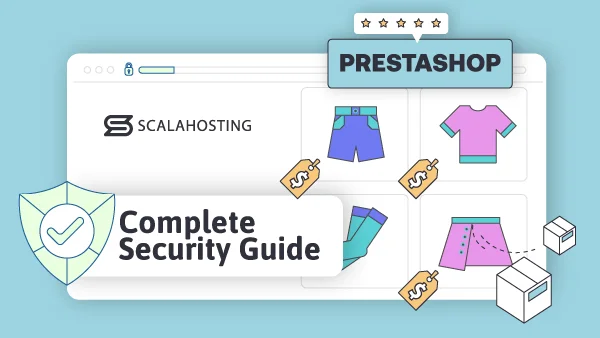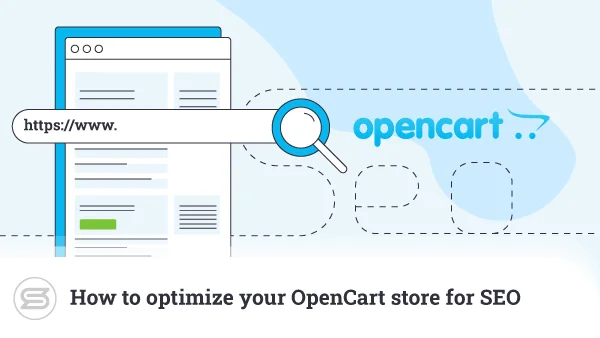Magento 2 Multi-Vendor Marketplace Guide
Although the project has undergone significant changes since its acquisition by Adobe, Magento is still firmly rooted in the open-source world. In fact, only the free version of the software continues to bear the original name. What used to be Magento Commerce is now called Adobe Commerce.
Because it’s open-source, many people are somewhat skeptical about its capabilities as a platform for building a large-scale ecommerce business. They think that because it’s free, it will only ever be suitable for small online shops developed as little more than hobby projects.
We’ve debunked this myth repeatedly on these pages, and today, we’ll bust it again by showing you how a humble Magento 2 installation can be turned into a huge multivendor marketplace.
Before we do, however, let’s explore the business model in more detail.
Why a Marketplace Project Makes Sense in the Ecommerce World
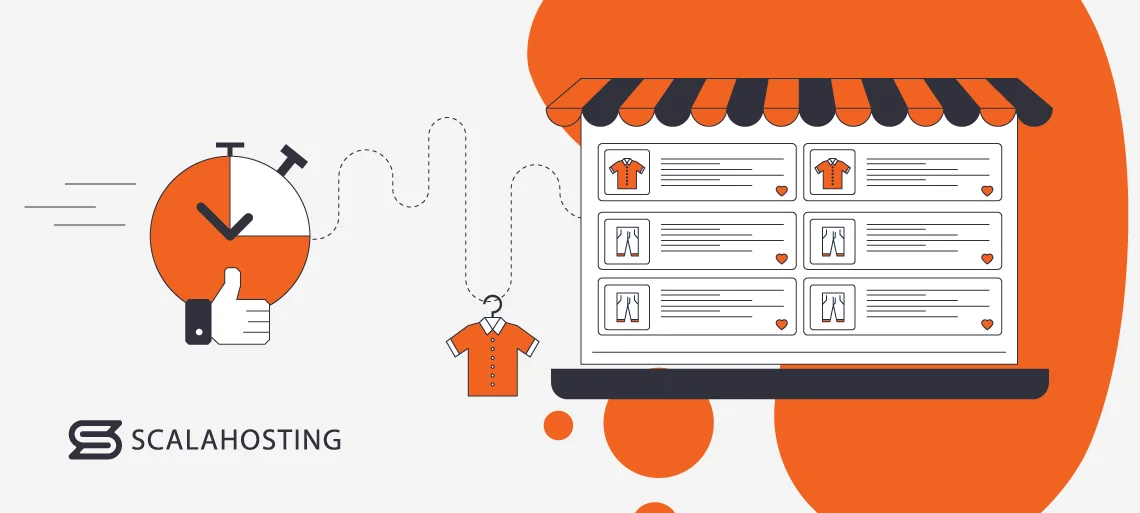
Let’s say you need to buy a laptop, a new shirt, and a perfume. In the real world, you have two options. You can plan a journey through an electronics shop, a clothes retailer, and a cosmetics store. Alternatively, you can visit a shopping mall and find all three items under one roof.
An online marketplace is the equivalent of a brick-and-mortar shopping mall. Instead of a single business specializing in selling one specific product type, multiple vendors offer their items on the same website.
The benefits from a customer perspective are pretty obvious. They get everything from a single website, so they waste less time and can shop more efficiently.
There could be significant pros for the vendors as well. Having their products listed in as many places as possible increases their chances of registering sales. Because they’re using an established platform, they have fewer responsibilities in terms of marketing and SEO.
But what’s in it for the owner of the marketplace?
The business model has its pros and cons. Let’s have a closer look at them:
Pros:
- A diverse product range
Having many vendors use your platform to sell their products means you’ll soon end up with a massive portfolio of items of all shapes and sizes. This will boost traffic, increase engagement, and push sales.
- Potential for rapid growth
Play your cards right, and you’ll see a steady increase in traffic and sales. This, in turn, will make your site more attractive for vendors, leading to further growth.
- Customer retention
Offering a broad range of products on a single platform is more convenient for customers. This convenience could turn your site into the go-to place when they’re looking to buy anything on the internet.
- Multiple revenue streams
As a marketplace owner, you can make money in several ways. You can take a commission for every sale and offer a range of services to vendors. You can implement ads on your pages and also sell your own products.
- Shared marketing efforts
Vendors won’t just put products on your website and wait for the orders to come flooding in. They’ll try to market them, so you won’t be the only one responsible for landing people on your pages.
Cons:
- More complex and expensive management
Managing a big marketplace is inevitably harder than running a single-vendor online store. In addition to the more extensive product range and the transactions you must keep track of, you have more stakeholders to deal with. Predictably, the costs associated with launching and running such a project are more significant.
- Less control over the brand
Customers will ultimately buy products from vendors, not from you. However, because they complete the purchase on your website, they associate it with your brand. If there’s anything wrong with the product or the customer service, the negative comments and reviews will be aimed at you.
- More legal paperwork to go through
Any ecommerce website must have terms of service and countless other documents that meet local and international regulatory requirements. In addition, when building a marketplace, you effectively sign a contract with the vendors selling on your site, so you have more work for your lawyers.
- Vendor dependence
The job of your marketplace website is to be the platform where vendors sell, and visitors buy stuff. You’re entirely dependent on things going smoothly, yet you don’t really have a way of guaranteeing this. Ultimately, it’s up to the sellers you work with to ensure customer satisfaction. If they don’t, your business will suffer.
How to Turn Your Magento Website Into a Multivendor Marketplace
Out of the box, Magento is designed for standard online stores where you sell products directly to customers. You need a marketplace extension to enable vendors to sign up on your site and market their own businesses through it.
Quite a few add-ons promise to do the job, offering different features and price tags. Often, the marketplace extensions have an ecosystem built around them with further add-ons that expand their functionality.
Let’s look at some examples of Magento marketplace extensions.
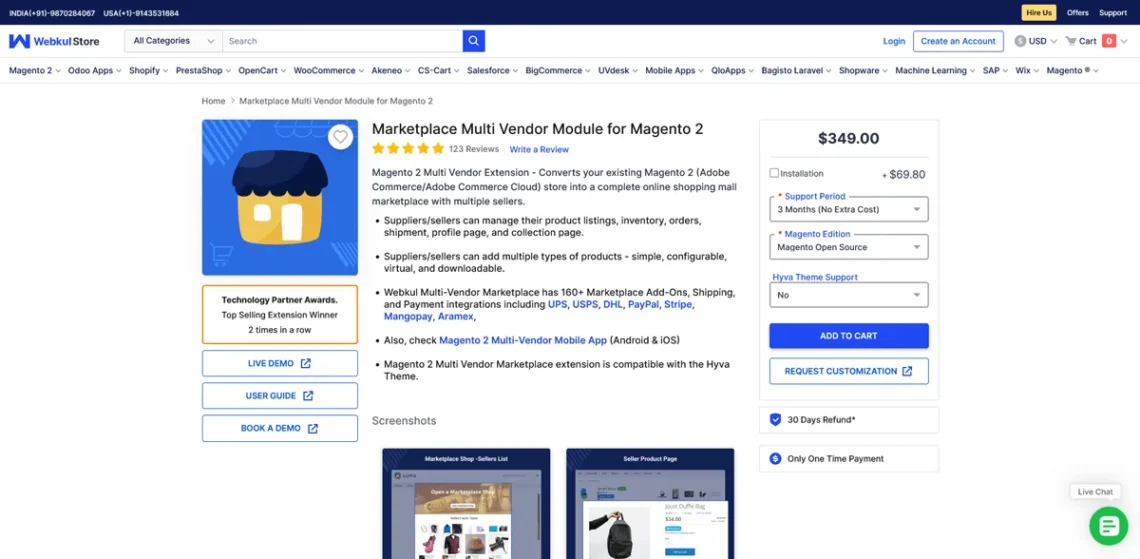
The marketplace extension created by Webkul is one of the most popular add-ons of its kind, and when you go through the list of features, you’ll see why. There’s support for multiple types of products, including downloads, subscriptions, and virtual items for both vendors and marketplace owners. Using plugins, businesses can implement all popular payment processors and delivery companies, and everything, from product listings to profile and collection pages, can be controlled either through Webkul’s backend or via a specialized mobile application.
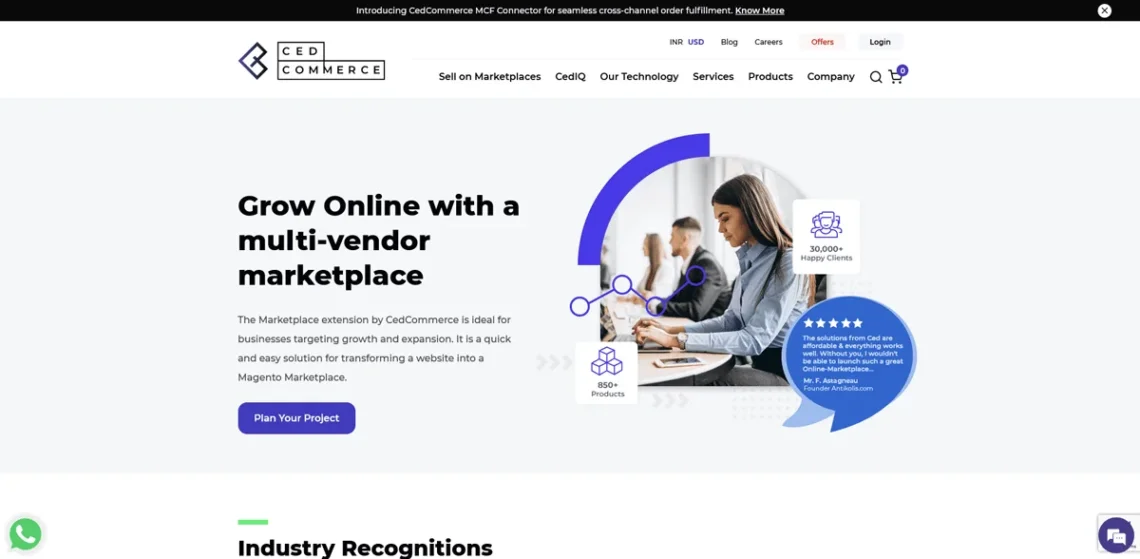
CedCommerce’s marketplace plugin promises seamless scalability and endless options for introducing new revenue models. API integration means you can fully utilize your favorite CRM and ERP solutions, and people who want to create an industry-focused marketplace are more than likely to find what they’re looking for.
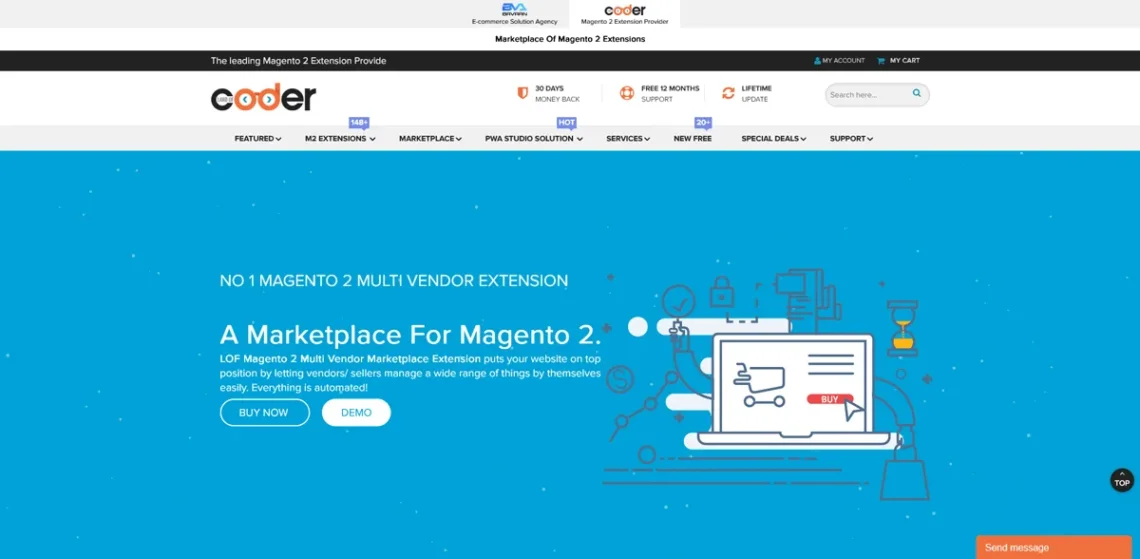
LandOfCoder’s Magento marketplace extension offers a comprehensive set of tools that allow you to control the vendors on your site and the items they sell. An advanced product review system is an excellent source of feedback, and detailed sales reports help you easily keep track of a wide range of important stats. In addition, the plugin has a few features that should help you push your marketplace further up the search engine results pages.
- Vnecoms Marketplace
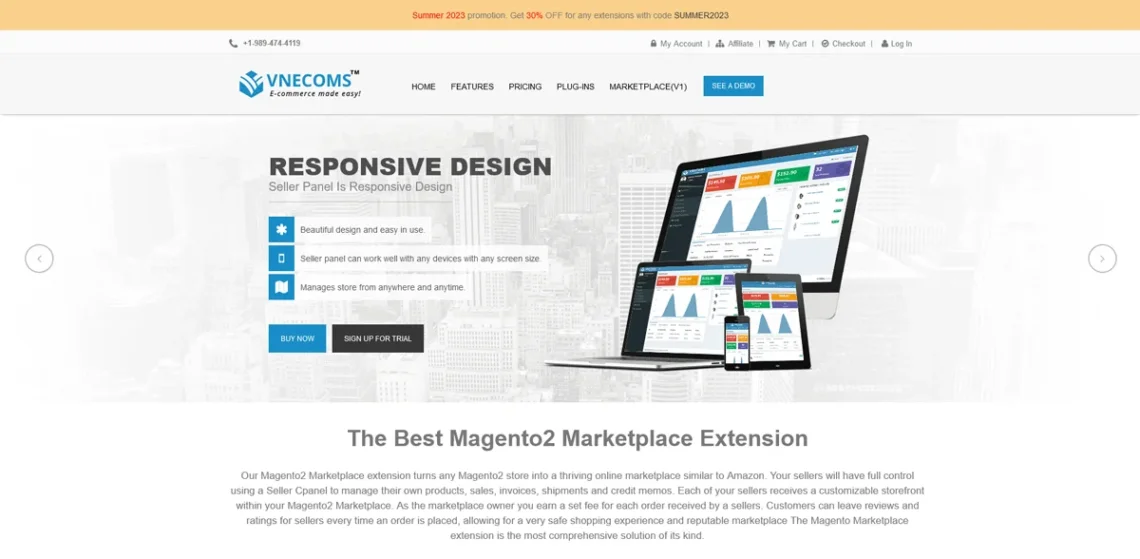
With Vnecoms’s marketplace extension for Magento, sellers can create custom storefront pages and track anything from product listings and orders to withdrawal requests from a single dashboard. Meanwhile, you can group vendors and create commission fee tiers, allowing you to increase your profits while offering a more flexible solution.
The list above is far from exhaustive. Dozens of other Magento add-ons promise to turn your humble store into a large online marketplace like Amazon.
Pretty much all of them are paid. The base prices start at around $300 – $400, but you can expect to pay more for plugins and custom code that enable the features you need to build your site the way you want. Overall, it’s not a small outlay, but given how profitable the business plan could be, that is to be expected.
Your choice of marketplace plugin for Magento will determine how you develop your website. Make sure you don’t rush the decision or underestimate its importance.
When planning your new online marketplace, you must consider numerous factors and check how the different extensions handle them. Of course, you can’t leave it all to the add-ons. Certain things can’t be automated, so you need to be sure you’re taking the correct steps to ensure both sellers and customers are happy.
Let’s explore the things you need to bear in mind.
Vendor Registration and Onboarding
If you’re running a standard ecommerce website, your primary job is to provide the best possible experience for the site’s visitors. With a multivendor marketplace, you must also think about the sellers.
After all, your job is to convince them to list their products on your website. Once you do that, your own income depends on their success, so ensuring they have as good a time as possible must be a priority.
Start with the registration process. The form vendors need to fill out should be different from the one for users, and they should be able to easily distinguish between the two. Ideally, there would also be a vendor login page, and make sure you furnish it with two-factor authentication. Not everyone will use the feature, but some people enjoy it when they see service providers thinking about their security.
Make sure sellers can start listing products on your site as quickly as possible. Your marketplace is likely one of multiple sales channels they’re running simultaneously, so try to ensure they won’t waste too much time setting everything up.
Configure Magento to send them a welcome email with a carefully written getting started guide and links to helpful resources. It may be a good idea to create tutorials that help sellers make the most of your Magento marketplace.
Vendor Vetting and Management
You’d think the marketplace owner’s job is attracting as many sellers as possible. After all, more vendors bring more products, and more products get more sales. That’s the theory, anyway.
In reality, a quality-over-quantity strategy makes a lot more sense. Ultimately, consumers spend their money on your site, so it is essential to ensure they find the experience pleasant. If they buy a product from a seller who doesn’t deliver, misses deadlines, or is unresponsive, they’ll be disappointed not just with the vendor but with the marketplace as a whole. If they have a terrible experience with one seller on your website, you’ll have a hard time convincing them they’ll have no trouble with other vendors.
That’s why keeping low-quality sellers away from your site is so important. Fortunately, almost all Magento marketplace extensions give you tools that help you with that.
You can approach the problem from three angles:
- Manual approval
First, you can review every single seller’s registration application and research whether they have a bad reputation among users. You can always contact them if something looks suspicious and ask for additional information or documents.
As your marketplace expands and the number of new seller applications grows, you can help yourself by setting up automated solutions that identify potential red flags.
- Performance monitoring
Magento and its marketplace extensions give you a ton of information on how users interact with your site. You can obtain data on individual sellers’ orders, fulfillment rates, delivery times, refund requests, etc, which could be invaluable in deciding which vendors deserve to continue using your marketplace and which should look for another platform.
- Customer reviews and feedback
The consumers are the ones who can best decide whether a seller is good or not, so you’d better listen to them. The rating and review systems integrated into the Magento marketplace extensions can help you identify vendors that don’t meet consumers’ expectations and take the appropriate precautions.
The said precautions should be clearly visible in your site’s terms of use. Go through them with your lawyers and describe how and why a vendor could be dropped from your site.
In addition to trying to keep low-quality sellers away from your platform, you should also ensure the good ones stay there.
Use your extension’s performance metrics and reviews to identify which sellers offer the best shopping experience and ensure they’re awarded appropriately. You can give them “Trusted Vendor” badges, list their products in more prominent positions, or adjust your commissions to make business more profitable for them. This is more than just a “thank you” gesture. It’s an invitation for vendors to continue the partnership and grow alongside you.
Order Processing and Fulfillment
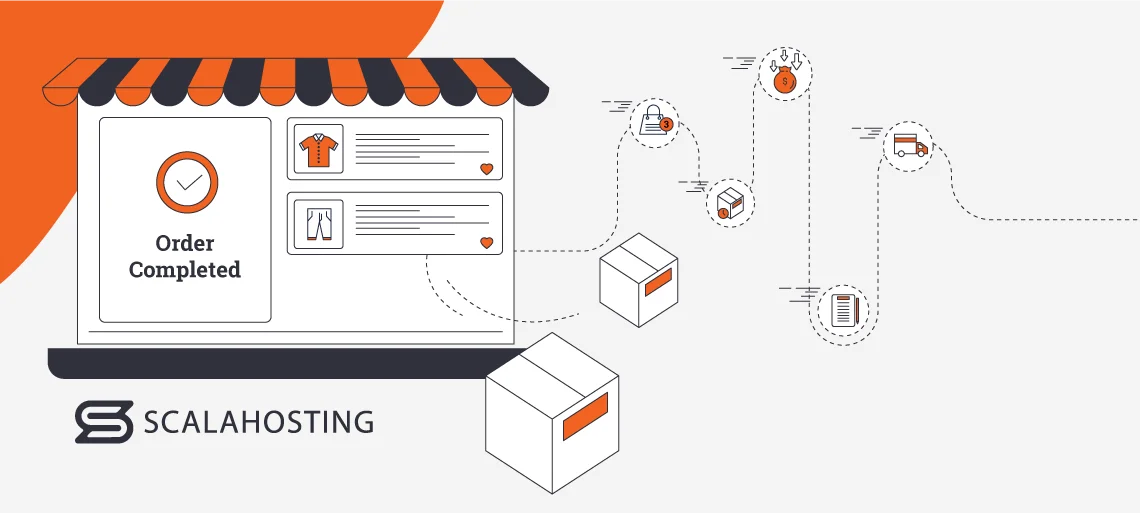
As a regular ecommerce business owner, you’re responsible for all the processes that start when a customer clicks the Place Order button. It’s up to you to collect the items, pack them, and ship them. Ideally, you’ll track the delivery to ensure that everything is fine. After the customer receives the package, you’re responsible for replenishing the inventory so products remain available.
Most of these processes are outside your control when you run a marketplace with multiple vendors.
It’s up to the sellers to ensure all products are delivered to the right place and within the deadlines. They’re also responsible for tracking their inventories and updating the listing when a product becomes unavailable.
How can you ensure all this happens if you’re not doing it yourself?
Well, it’s about creating a workflow that sellers must follow to efficiently process and ship orders to their correct destination.
Let’s look at the key points you need to look into:
- Seller notification
The seller has to know about the sale as soon as the customer submits the checkout form.
You can use numerous communication channels. The easiest option is to send an email – a method that has a few advantages and disadvantages.
On the plus side, sending emails is free, and tracking orders with them is pretty straightforward. However, emails can sometimes be erroneously flagged as suspicious and sent to the recipient’s spam folder. In addition, if the seller doesn’t clean up their inbox regularly, it could fill up, and the messages will start bouncing back.
In other words, while emailing the seller is imperative, you should also consider other means of notifying them. You can use texts, instant messaging platforms, and even browser notifications. These will allow you to reach the buyers more quickly and have redundancy in your plan, which is essential for ensuring fast and reliable order processing.
Different marketplace extensions have several options in that respect. Make sure you explore them all.
- Order processing and shipping procedures
After placing an order, the products must be collected, packed, and shipped. This is standard stuff, but the exact steps are ever-so-slightly different for individual businesses. Your challenge as a marketplace owner is to standardize the procedure and make the workflow reliable and predictable.
If your site works with a predetermined list of delivery companies, you must ensure all vendors are in areas covered by the courier services. Consider implementing fallback mechanisms in case the user’s preferred shipping method becomes unavailable.
Your Magento extension can automate some of the tasks, and others will require more manual work from the seller, who must be fully aware of what they need to do to guarantee that the goods will be shipped and delivered on time.
- Post-delivery tasks
You want users to have up-to-date information on the availability of products at all times. Some Magento Marketplace extensions can track inventory automatically, but with others, sellers must update availability information in the store’s backend. Make sure they remember to do that. You can include a reminder in the email informing them about the new order or explore some solutions that automatically prompt them to update the inventory.
- Payment and commissions
The customer buys products from the vendor, but they process the payment on your website. The money comes to you first, and you keep it safe until the order is fulfilled. Once that’s done, you take your commission and send the rest of the cash to the seller.
That’s how marketplaces generally work, but it’s essential to ensure vendors know the exact mechanisms, deadlines, and dependencies.
The way an order is handled ultimately determines whether a customer is likely to return to your online store one day. In an online marketplace, the seller is primarily responsible for completing all tasks as efficiently as possible. It’s up to you to ensure they do this every time.
Ongoing Management and Improvement
You can’t afford to sit still. The ecommerce industry is fiercely competitive, so you must work hard to ensure your site offers a unique experience and all the features users expect.
Running a marketplace presents an even more significant challenge because you must ensure that your platform suits both customers and sellers. Obviously, there is no step-by-step guide you can follow to ensure you’re ahead of the competition. However, there are one or two things you can pay more attention to.
- Customer and vendor support
When money is on the line, people want to ensure they’re never far away from someone who can help them with any questions or problems. The reputation of your entire marketplace could be under serious threat if you don’t do enough to ensure both vendors and customers get efficient and knowledgeable support.
Usually, when a customer contacts you, they have an issue with one of their orders. This often means you must get in touch with the seller and act as an intermediary between them and the client. In such cases, you have to do everything you can to get detailed information on what’s going on, why things have gone wrong, and when they will be fixed.
Protecting the customer’s interest is your number one priority in such cases, so you may sometimes need to apply some pressure on the vendor to get them to act. If there’s a your-word-against-mine argument, it’s usually better to side with the client to avoid potential negative reviews or bad publicity.
It’s not just about providing support to customers, though. Vendors will also have inquiries and issues working with your platform, and you must ensure they’re handled quickly and efficiently. Remember to increase your customer support efforts as your site expands. Growth mustn’t be at the expense of quality.
- Regular procedure reviews and process optimization
Before you start your marketplace website, you must consider the policies and procedures that will help you turn it into a successful business. They must be carefully thought through but shouldn’t be set in stone.
In fact, you must constantly look for ways to improve them. Check reports and analytics data to see whether any of your procedures could use a tweak. Review every step between the customer’s order placement and the successful delivery and think of ways to streamline the workflow.
Of course, you don’t want to overdo it. Don’t rush to change things unless you’re absolutely sure you need them. If you decide to adjust something, monitor the processes carefully, see if your work has made a difference, and collect as much feedback as possible from the sellers and visitors to confirm they’re happy with the changes. If they’re not – make sure you can revert them easily.
- Update the Magento core and its extensions
Updates are essential. Through them, developers ship critical security patches that protect your site’s users from a wide range of threats. Installing them as quickly as possible is essential.
It has other benefits, too. Updates bring new functionality, bug fixes, and performance enhancements, thus giving your site a better user experience with next to no effort from your side.
Finding the Right Hosting Solution

Of course, all the effort toward creating a functioning online marketplace will amount to nothing if your site doesn’t have a solid hosting platform to step on. An unsuitable hosting solution will severely hamper your progress because you will effectively be trying to make money from a website that doesn’t work as well as it should.
A functional Magento marketplace website needs guaranteed hardware resources and an isolated environment, so anyone who has considered building their project on a shared hosting account should reconsider their plans.
A dedicated server isn’t a suitable solution, either, mainly because it doesn’t scale well. If you buy a powerful server from the beginning, you’ll be paying for resources you won’t use during the initial stages of development. Go for a more budget-friendly dedicated solution, and you’ll run into performance issues as soon as your project gains user traction.
Because of all these downsides, a cloud-based virtual private server (VPS) is a much better choice. Its hardware configuration is fully customizable, so when starting your new project, you can get a relatively inexpensive VPS solution with just enough resources to develop, test, and launch the site. Then, when the traffic starts to pick up, you can add CPU cores, memory, and storage as and when you need it.
You can even add temporary upgrades to accommodate an expected increase in traffic. For example, if Black Friday is coming, you can add more memory and processing power as you expect people to flock in, looking for a bargain. Then, when traffic levels return to normal, you can remove the extra cores and memory because you no longer need them.
This makes the VPS not only powerful but also cost-efficient – a rare combination.
Can we at ScalaHosting offer the right solution for you?
We’ve been in the hosting industry for nearly two decades, and throughout the years, we’ve worked on building one of the most reliable hosting platforms on the market. Because we firmly believe that managed cloud VPS hosting is the way to go, our efforts have been aimed at giving you the most reliable and feature-rich virtual servers on the market.
They’re perfect for Magento websites of all shapes and sizes. Our most affordable solutions start at just under $15 per month, and for that, you get a virtual server deployed on a proper cloud infrastructure with 2 CPU cores and 2GB of RAM. This is a good starting point if you’ve yet to start work on your site.
Our managed VPS solutions are equipped with SPanel, an all-in-one, in-house-built server management platform. After your virtual server is deployed, you will receive a welcome email with instructions on how to log into SPanel and start work on your website.
Essentially, you need to create a new account for your project and open Softaculous. With it, installing Magento is a matter of a couple of clicks, and you’ll be able to start work on your site within minutes.
In addition to an automatic installer, you get everything you need to build and maintain your ecommerce site in an intuitive graphical user interface.
As your business grows, you can upgrade your virtual server according to your needs. A single VPS can have as many as 24 CPU cores, 128GB of RAM, and 2000GB of SSD storage. Even if that’s not enough, we have a solution for you.
Our experienced sysadmins can build a unique managed VPS cluster just for you. It comprises multiple virtual machines, all working together to support your marketplace and ensure it’s online and performing at its best at all times. In other words, no matter how big your business grows, you can always count on us to provide you with a solution.
Conclusion
Giants like Amazon and eBay prove that the online marketplace business model works and can be hugely profitable. Obviously, a multivendor store requires more resources and work than a regular ecommerce website, but the good news for those willing to put the time and effort into it is that the Magento ecosystem has an unlimited potential to grow. You just need to know how to take full advantage of it.
Frequently Asked Questions
Q: Is Magento suitable for a multivendor store?
A: Out of the box, Magento is designed for regular single-vendor online stores. However, using an extension, you can transform your Magento installation into a fully featured multivendor platform.
Q: How to install Magento 2?
A: The exact steps for installing Magento depend on the hosting setup. Usually, there’s a control panel with an automatic installer that can set up Magento in minutes. If a control panel is not available, you’ll have to download Magento’s files to the server, set up a database, and configure the application to work with it manually, which will require some more time and technical skills.
Q: What company owns Magento?
A: Adobe acquired Magento in 2018, and it now sells the proprietary version of the shopping cart. However, the core remains open-source, and its development is supported by the global community.
